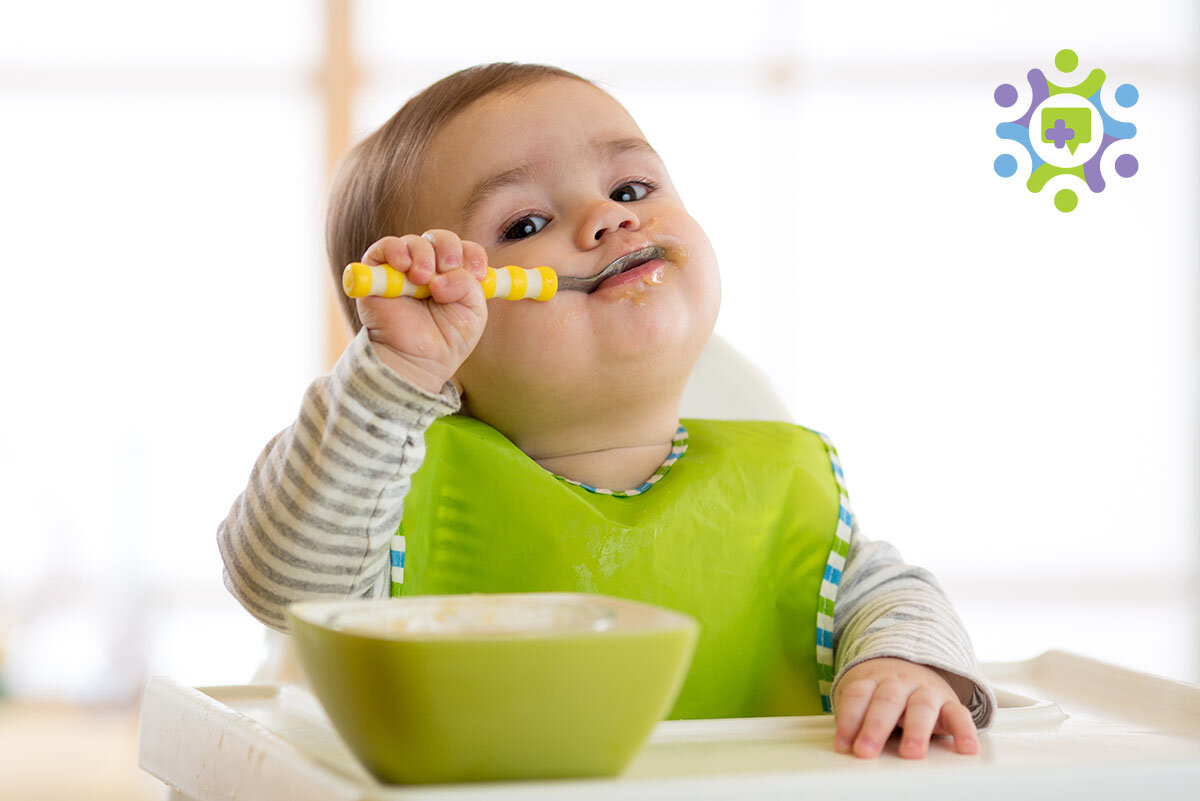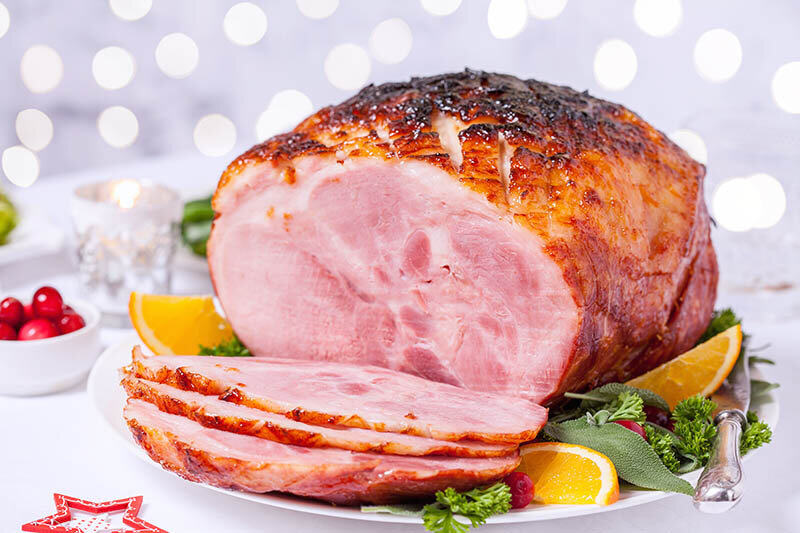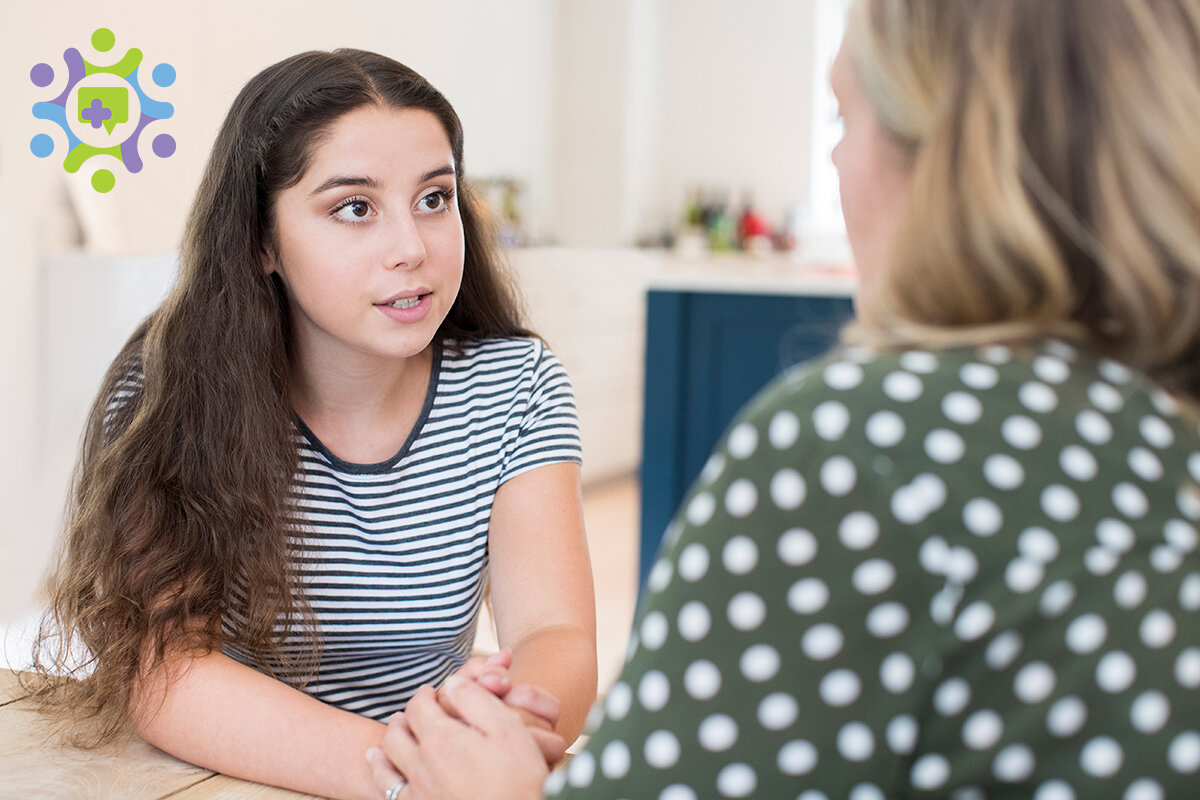Feeding Your Baby in the First Year with Homemade Baby Food

Starting your baby on solid foods is an exciting milestone in their growth and development, and making your baby food has several benefits, including it’s less expensive, more natural, and offers baby-friendly versions of foods the rest of the family is enjoying.
Also, making your baby food is easier than you think, as a blender, food processor, or hand-held mixer is the only tool you need to get started.
When is Your Baby Ready for Solid Food
The American Academy of Pediatrics (AAP) recommends that before your child starts solid foods, they should be developmentally ready. Watch for these signs outlined by the AAP to see if your baby is ready for solids:
- Can your baby hold their head up? Your baby should be able to sit in a highchair, a feeding seat, or an infant seat with good head control.
- Does your baby open their mouth when food comes their way? Babies may be ready if they watch you eating, reach for your food, and seem eager to be fed.
- Can they move food from a spoon into their throat? For example, if you offer a spoon of pureed food, they push it out of their mouth, and it dribbles onto their chin; they may not have the ability to move it to the back of their mouth to swallow it. Try diluting it the first few times; then, gradually thicken the texture. You may also want to wait a week or two and try again.
- Are they big enough? Generally, when infants double their birth weight (typically at about 4 months of age) and weigh about 13 pounds or more, they may be ready for solid foods.
What is the Best Way to Start Making Your Homemade Baby Food
Typically, you should first introduce individual foods to your baby. The Centers for Disease Control and Prevention recommends waiting 3 to 5 days between each new food. Pureed fresh fruits like bananas and veggies like peas are a good starting point. After introducing individual foods, you can start experimenting with combinations such as making homemade chicken soup and zipping it up in the food processor to serve to your baby.
According to the AAP, consider these guidelines when making your baby food:
- Balance several types of foods to offer different nutrients. You may find that your baby only eats a few bites of something new. Some foods may need to be offered 8 to 10 times before an infant or toddler eats them well.
- Include fruits and vegetables in each color of the rainbow. Also, offer good protein sources (such as beans, chicken, fish, and yogurt) and fat, and iron (for example, iron-fortified oat cereal or meats).
How to Store Homemade Baby Food
As time is precious and days may be busy, many parents like to prep in advance by cooking in batches and storing pre-made baby food. The AAP recommends:
- Using an ice cube tray to freeze food. Each cube is about 1 oz of food, and you can transfer it to a zipped plastic bag or another storage container after freezing.
- Labeling the type of food and the date.
- Planning to eat frozen homemade baby food within three months by reheating on the stove, in the microwave, or bottle warmer.


